Protein can be a part of your diet in the form of shakes, bars, and powders, among others. Protein drinks have been such an inevitable commodity amidst gyms and grocery shops. Regardless of your weight loss or muscle-building goals, protein is very important for everyone.
It assists your muscles in recovery from workouts and keeps you full after a meal. The good thing is there are many tasty protein shake brands in the market, which makes it possible to get enough protein in your diet.
Before you take the first shot of your protein shake, there are some aspects that you need to understand, and these aspects include why, how it works, and if it is what you need.
What is Protein Shake?
A protein shake is just like a particular kind of drink made by mixing protein powder with water or any other liquid. It is an easy and delicious way to grow your protein intake. There are different flavors to choose from, and you can drink it mixed with milk, juice, or water.
Types Of Protein Shakes
There are two main types of protein shakes: blender smoothies and nutraceutical shakes.
Shakes in a blender are super easy. You simply mix the protein powder with water, almond milk, or orange juice and blend it up. In addition, flavors such as chocolate or strawberry can be added to make it tasty. They are perfect when you are in a rush and just need a quick but healthy substitute for a meal.
The shakes of nutraceuticals are a little distinctive. Instead of only protein powder, they are made from getting protein from sources like hemp or flax seeds. Sometimes, they will have extra things such as vitamins and minerals put in. These shakes are not all about protein only; they provide other essential nutrients in the form of a drink.
Therefore, if you want something quick and easy, opt for blender shakes. However, if you want to add multivitamins to your shake, nutraceutical shakes are perfect for that.
Is a Shake Really Required?
Although protein is important for building and repairing tissues, it is crucial to evaluate your personal needs as well. It is well known that the majority of people can meet their daily protein needs through a balanced diet including lean meats, fish, eggs, dairy products, legumes, and nuts. As a general guideline, an individual should target 0.8 grams of protein per kilogram of body weight. If you are not satisfied with the results of keeping track of your food intake diary for a while, a protein shake can be a remedy.
Matching Your Shakes to Your Goals
The world of protein shakes isn’t a random remedy for all. Different protein sources and formulations support different goals, including weight loss, muscle gain, and heart health.
- Muscle Building: If you seek to gain muscle mass, whey protein stands out as the preferred source of protein due to its fast absorption rate. Whey is available in several forms, with whey isolate being the purest one with the highest protein content and the least lactose.

- Weight Loss: For those targeting to lose weight, a lower-calorie, lower-carb shake containing protein could be a better choice. Avoid those shakes with lots of added sugar and artificial sweeteners and look for the ones which are a good source of fiber and healthy fats to keep you full for longer. Vegans and individuals with lactose intolerance can opt for plant-based protein shakes made from pea, soy, or brown rice protein which serve as good alternatives to animal-based protein.
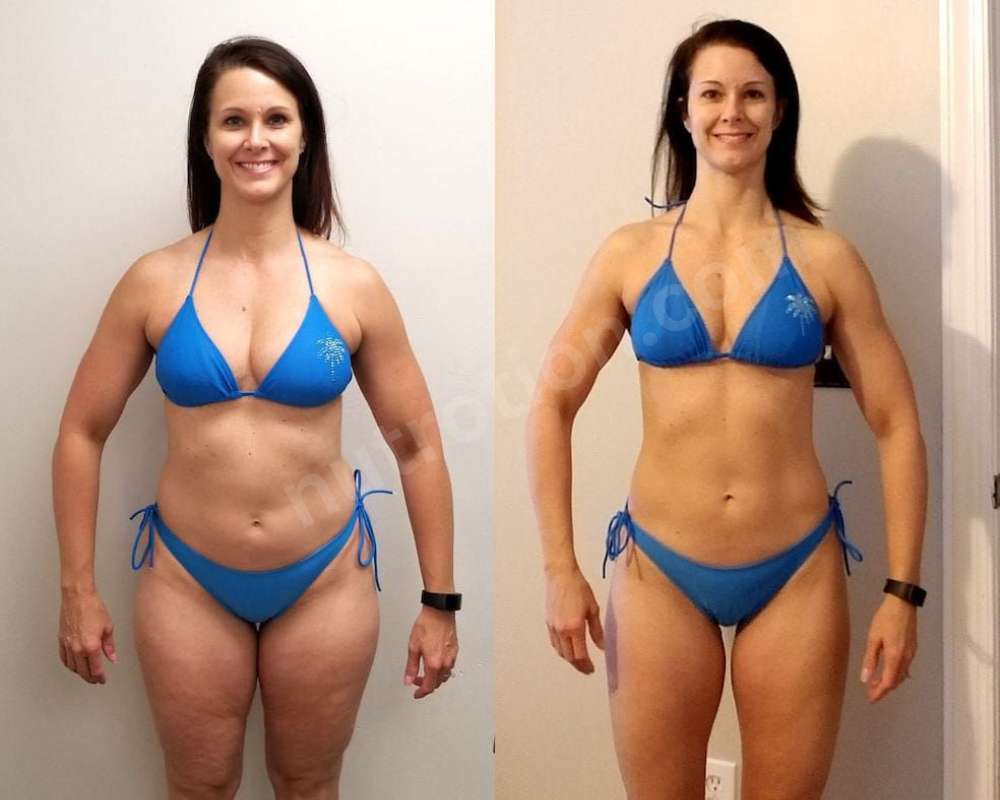
Labels Knowledge is Your Superpower
Like any other packaged food product, reading the ingredient list of a protein shake is vital as well. Choose a product that is loaded with at least 20 grams of protein per serving. Be careful of fillers, added sugars, and artificial sweeteners which can only add more calories yet are not nutritious. If you come across ingredients that you don’t recognize to have complicated chemical names, it would likely be a better idea to choose a different shake. Search for the simplest ingredients that are whole foods that you can easily identify.
The Flavor Without the Sugar Crash
To tell you the truth, protein powders aren’t famous for their taste. In the quest for flavor, many shakes contain excessive sugar or artificial sweeteners. Inspect the amount of sugar per serving; avoid shakes with flavors that have a high sugar content such as cookies and cream or chocolate milkshake. Choosing unsweetened or minimally sweetened versions is a good idea. You can always experiment by adding your own flavor and nutrient boost with fruits, nut butter, or even a pinch of cocoa powder.
Avoid Falling For Marketing Hype
Advertising could be convincing but people must still be careful about the information given by them. Protein shakes are supplements and while they can be a really handy way of increasing your protein levels, they don’t do the work of weight loss and muscle building themselves. Always keep in mind that a steady workout schedule and a diet with different protein sources would be the key for you to meet your goals.
Probing for Plausible Alternatives Beyond the Shake
The use of protein shakes isn’t an absolute solution to the problem of protein deficiency. There’s a vast array of delicious and nutritious whole foods brimming with protein:
- Dairy-Rich Options: Greek yogurt is a source of high protein with the bonus of probiotics for a healthy gut. Cottage cheese provides a lighter and more versatile source of protein that can be used in either sweet or savory meals.

- Lean Meats and Fish: Chicken, turkey, and fish are complete protein sources that contain all the essential amino acids. Search for cuts like chicken breast, boneless salmon, and lean ground turkey to increase protein intake but control fat.
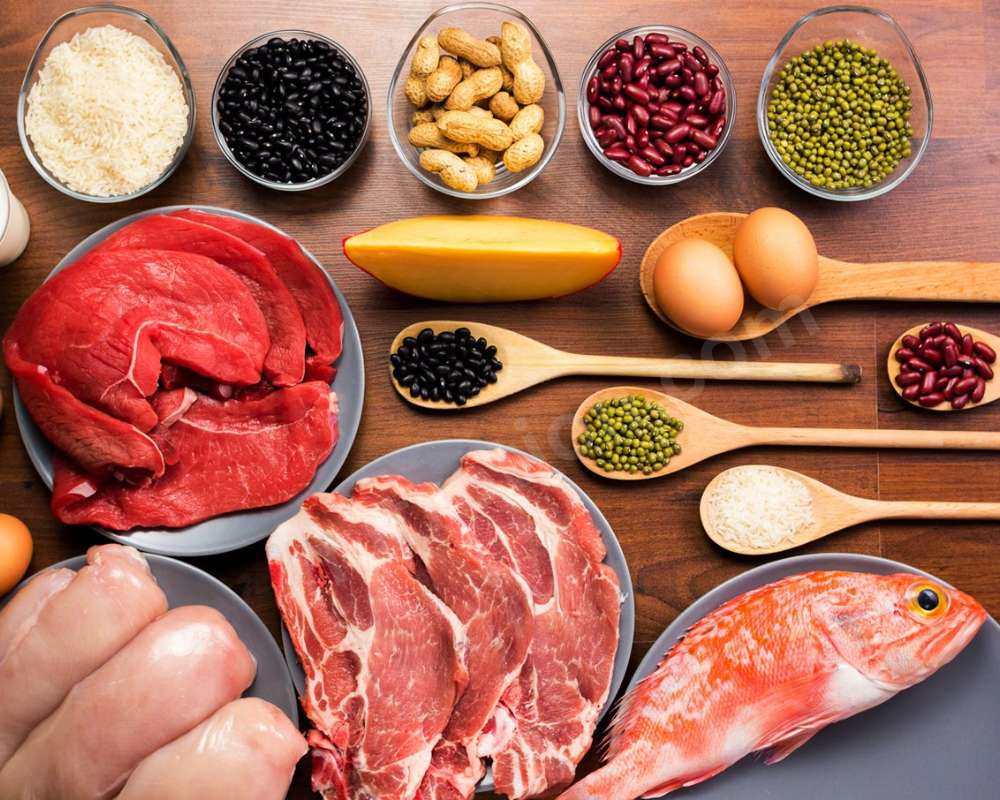
- Egg Power: Along with eggs, one of the breakfast essentials, which contains protein and good fats. They’re really versatile and can be taken in many forms at various times during the day.

- Plant-Based Protein Powerhouses: Legumes, beans, and tofu contain a full spectrum of proteins for vegetarians and vegans, along with a significant amount of fiber. Try out different kinds of beans like chickpeas, black beans, and quinoa to keep your meals spicy.
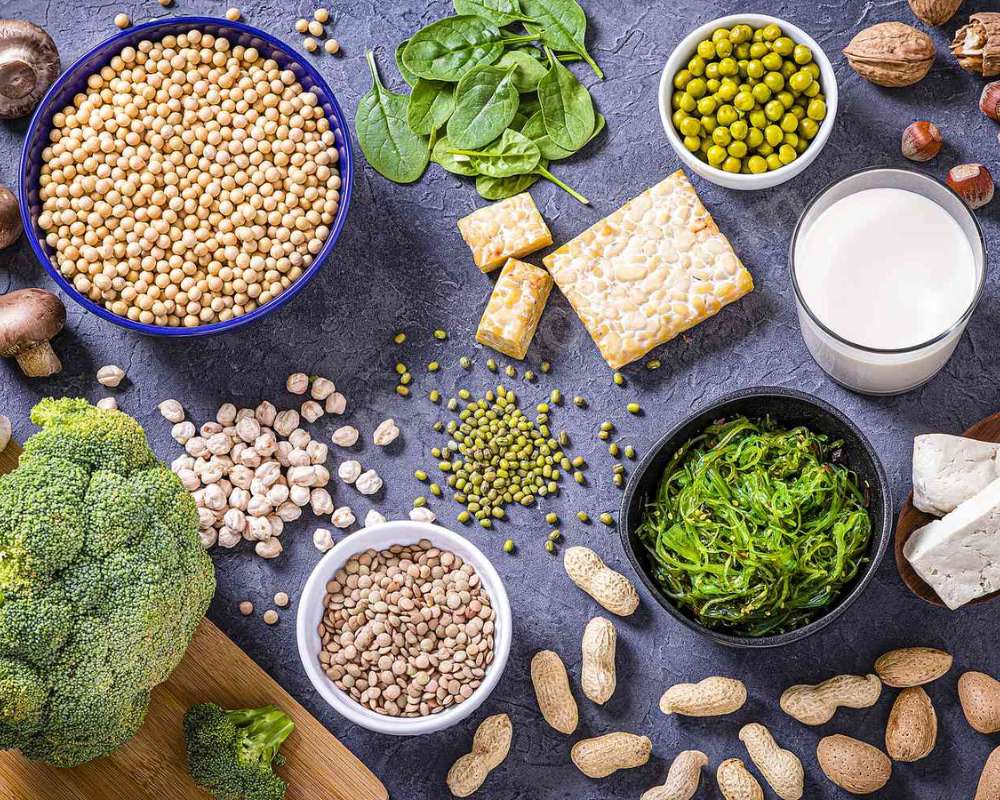
Through protein needs understanding, setting achievable goals, and careful choosing, protein shakes can be effectively utilized as a helpful support to your overall health and fitness program.
Considering Additional Factors
While the core aspects we’ve covered are crucial, here are some additional factors to consider when choosing a protein shake:
- Digestive Enzymes: If you have a sensitive stomach, look for shakes with added digestive enzymes like lactase, which may help people who are sensitive to whey protein.
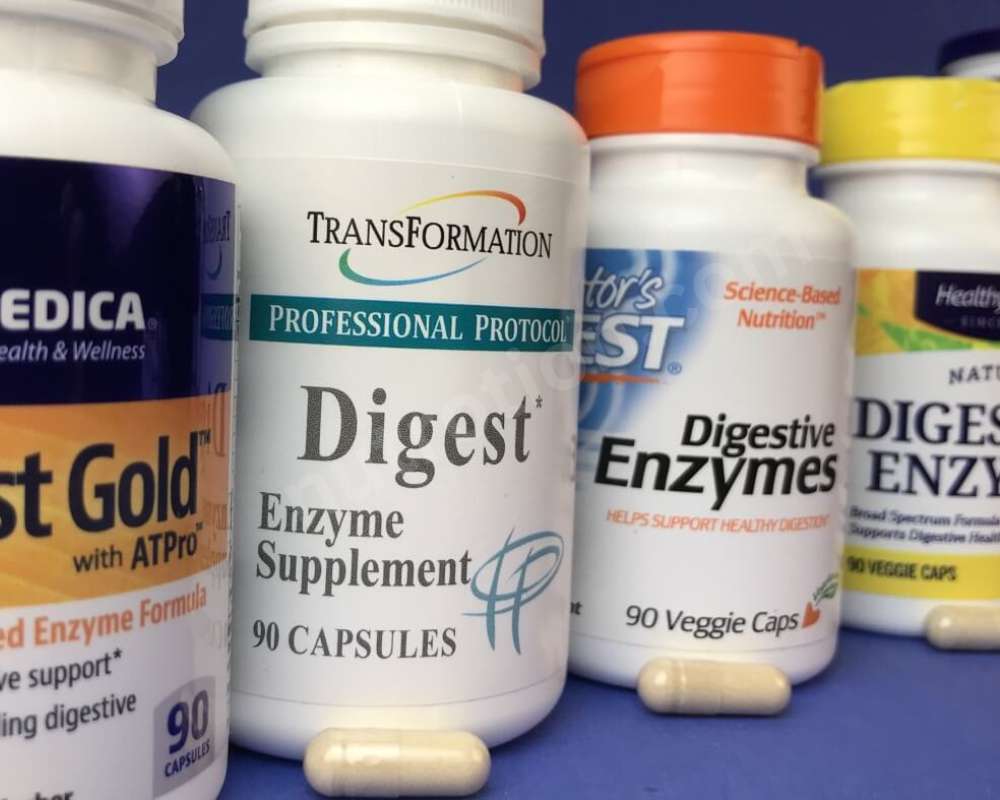
- Third-Party Certification: Choose shakes with third-party certifications like NSF International or Informed Choice, where you can be sure that these products have been tested for banned substances, contaminants, and the protein content mentioned on the labels.
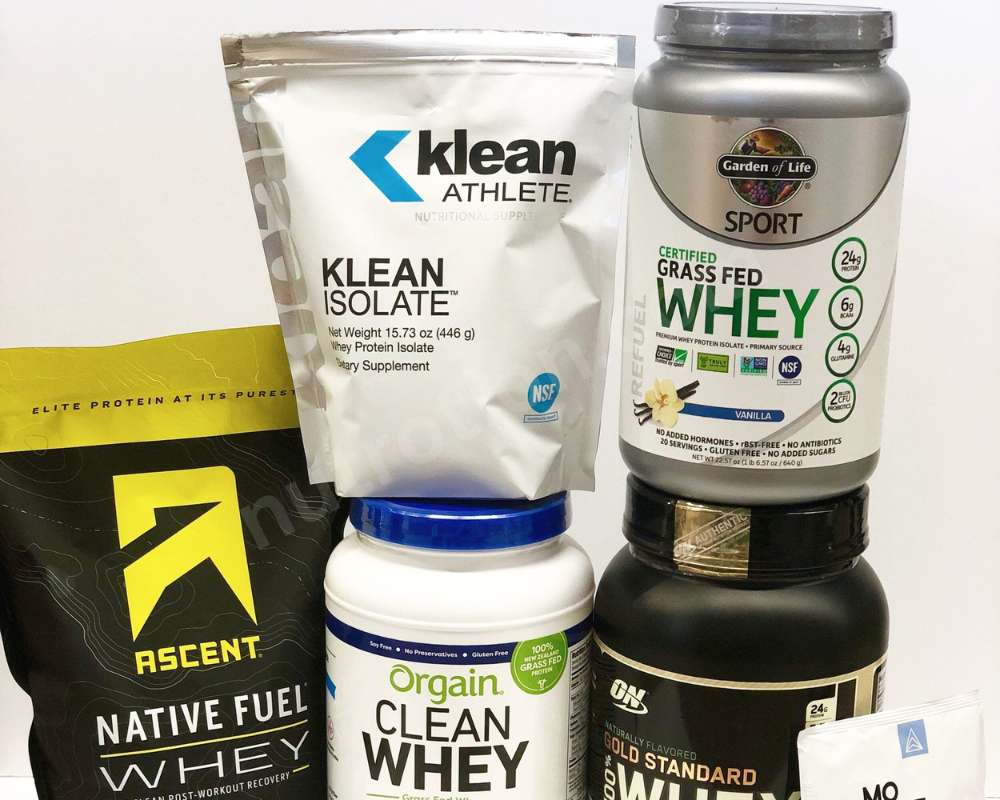
By following these guidelines and understanding the information provided, you can get change from being confused to becoming a protein shake guru, ready to choose the best shake to satisfy your body’s health and fitness needs.


